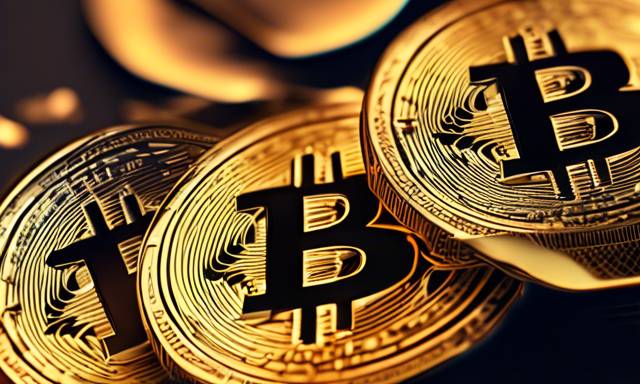Flowcarbon’s Refund and Future Prospects 🌍
Flowcarbon, a carbon credit platform that utilizes blockchain technology, has commenced the process of refunding its investors following the unsuccessful launch of its “Goddess Nature Token” (GNT). This decision stems from more than a year of setbacks caused by tough market conditions and regulatory resistance as the firm sought to transform the carbon credit landscape.
Challenges in Token Creation ⚖️
Flowcarbon envisioned a game-changing approach to the carbon credit sector by tokenizing carbon credits, thereby making them more accessible for a diverse array of investors. Each GNT was intended to be supported one-to-one by carbon credits, correlating with a metric ton of carbon dioxide that was either captured or prevented from entering our atmosphere. However, the initiative confronted numerous obstacles.
In November 2021, Verra, a prominent carbon registry organization, issued a warning against tokenizing retired carbon credits due to risks of double-counting their value. This was followed by a complete prohibition by Verra on the tokenization of retired credits in May 2022, aiming to combat fraud and uphold environmental integrity. Such regulatory issues notably hindered Flowcarbon’s ambitions and prolonged the GNT launch timeline.
Market Situation and Investor Reactions 📉
The voluntary carbon market, which experienced significant growth, peaking at around $2 billion in 2021, has recently faced increased scrutiny. Investigations into the authenticity of carbon credits revealed some projects had overstated their environmental contributions, leading to a downturn in carbon credit values. As the anticipated launch dates for the GNT token continued to be pushed back throughout 2022, sentiments among investors grew increasingly frustrated.
Flowcarbon initially secured $70 million in funding, including $38 million through token sales, from notable investors like Andreessen Horowitz, General Catalyst, and Samsung NEXT. Yet, prolonged market instability led to a gradual decline in investor confidence, which had initially been optimistic.
Details of the Refund Process 💳
Recently, Flowcarbon has initiated a quiet refund process for GNT purchasers. A spokesperson confirmed that refunds were being issued under standard terms, primarily due to delays within the industry. As part of this process, investors were required to sign waivers relinquishing any claims against Flowcarbon and its affiliates, as well as confidentiality agreements concerning the refund details. This method has raised eyebrows among certain investors, particularly given the initiative’s high-profile status.
Despite these setbacks with the GNT, Flowcarbon’s CEO, Dana Gibber, has asserted the firm’s dedication to merging blockchain technology with sustainability initiatives. While specific future projects remain vague, the company continues to explore potential avenues within the carbon finance domain.
Looking Ahead for Flowcarbon 🧐
Even though Flowcarbon confronts significant challenges, analysts predict remarkable growth within the broader carbon credit market. Research from McKinsey suggests that the demand for carbon credits may surge by a factor of 15 or more by 2030, potentially achieving a market value exceeding $50 billion. Nevertheless, the hurdles Flowcarbon has encountered underline the complexities implicated in tokenizing carbon credits, with regulatory uncertainties and market volatility representing considerable obstacles.
As of September 2024, the combined market capitalization of tokens related to energy and environmental initiatives stands at an approximate $186 million. This market is predominantly influenced by Powerledger’s POWR and Energy Web’s EWT tokens. Flowcarbon’s journey serves as an essential lesson for other enterprises attempting to traverse the challenging interplay between blockchain technology and environmental finance, accentuating the importance of meticulous consideration regarding regulatory frameworks and market dynamics.
Hot Take: Learning from Experience 🔍
Flowcarbon’s experience reflects the intricacies of merging innovative blockchain solutions with established environmental finance practices. Regulatory hurdles and the volatility of market conditions illustrate that while the potential for change is vast, careful navigation through these complexities is crucial for success. This year has shown that aspiring players in the sector must approach their strategies meticulously and be prepared for unforeseen challenges.





 By
By
 By
By
 By
By

 By
By
 By
By